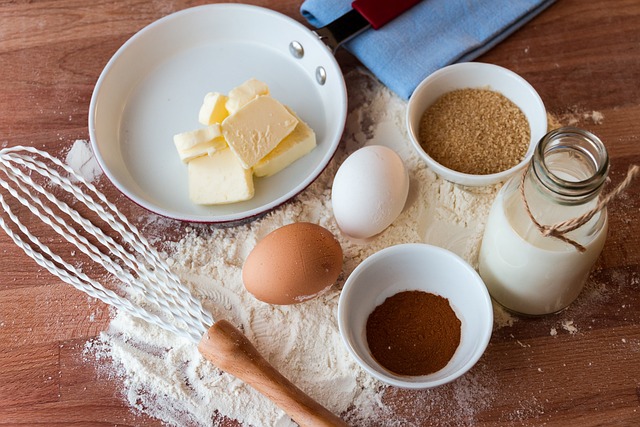Food has a significant association with holidays. Most families have special foods that are made or eaten during different holidays. The strong association between food and holidays makes a holiday-themed cookbook an intelligent endeavor for self-publishing authors. Whether the idea is to create a cookbook for holiday gifting, make a holiday-themed cookbook for fundraising, or create a cookbook to add to an author’s backlist of books, here are five tips self-publishing authors can use when creating their cookbook.
1. Pick a Theme
There are an abundance of holiday cookbooks on the market, and choosing a strong theme will help a self-publishing author’s cookbook stand out. The narrower the theme of the cookbook is, the easier the marketing will be. For instance, Christmas recipes are a vague concept similar to vast amounts of cookbooks already on the market. Gluten-free Christmas desserts are a more specific theme that will attract the target audience to pick up the cookbook.
2. Organize Recipes
The self-publishing author should arrange the cookbook to make recipes easy to find and sorted by some theme. The theme could be anything the recipes have in common, such as appetizers, entrees, and desserts, or beginner, intermediate, and advanced recipes.
A table of contents should be included at the front of the book so readers looking for a specific recipe can find it easily, but by sorting the recipes into clearly labeled categories, cookbook readers can more easily find helpful recipes as they browse.

3. Add Photos
While interior photographs add to the cost of publishing a book, they are also vital to a cookbook. People eat with their eyes first, and a cookbook with photos of scrumptious foods will appeal more to readers.
Additionally, many readers who haven’t heard of a recipe before will be more willing to try it out if they can see what the result is supposed to look like.
Not every recipe needs a photograph, but lesser-known foods and aesthetically pleasing foods benefit from having photos included.
4. Use Diagrams
Not every cookbook will need diagrams, but there can be times when in-depth directions are required that are hard to show in photographs. These can include things like complex bread braids or folding. Not every reader can easily understand written instructions for complex directions, so adding diagrams can make them simpler to understand. Some book publishing companies offer custom illustration services to simplify aquiring those diagrams.
5. Add Backmatter as Needed
In the modern internet age, many recipes are filled with “extra” information. Things like substitutions, information on picking the best fruit for a recipe, or the pros and cons of ingredient variations.
While this information is useful, it can interfere with the flow of a recipe.
Self-publishing cookbook authors are better off adding information at the back of the book as appendices instead of on the page with the recipes if they present information in more than two sentences.
Additionally, a glossary page may be helpful if the cookbook is intended for beginners to explain the terms used. Not every new cook knows what blanching, braising, and deglazing are.
Instantpublisher offers personalized book printing services and is a leader among cookbook publishing companies. Visit our website today to learn more about the custom printing services we offer.
